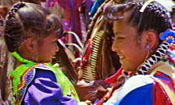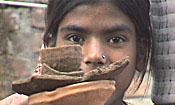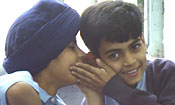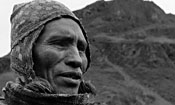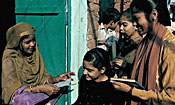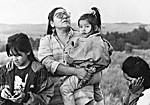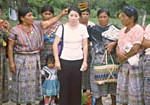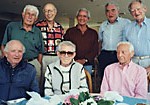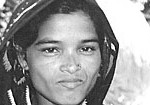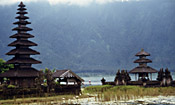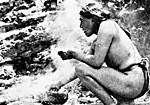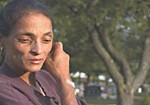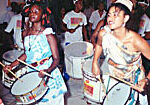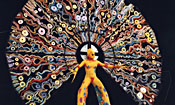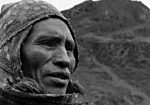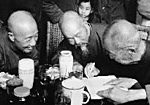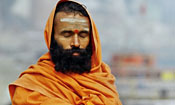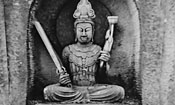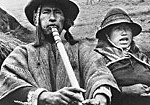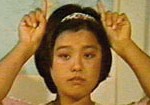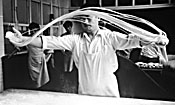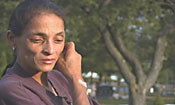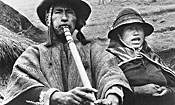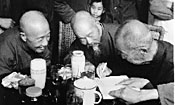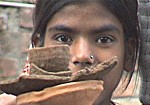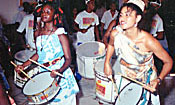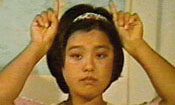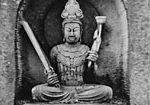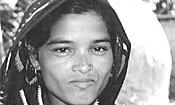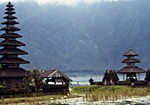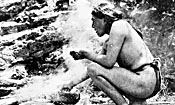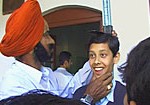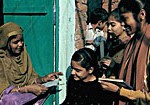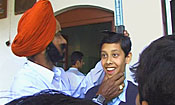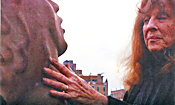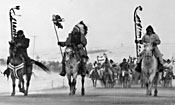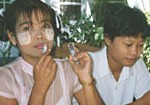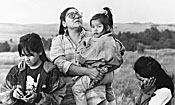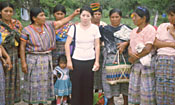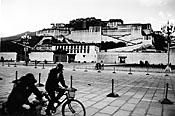A Stranger in My Native Land
Product Description
This profound, poetic, and ultimately immensely sad documentary may be the first of its kind about Tibet — a vivid personal account of loss and disappointment as an exile discovers his country for the first time.
Late in 1996 Tenzing Sonam, an award-winning Tibetan filmmaker born and brought up in exile, made his first visit to his homeland. He was accompanied by his wife, Ritu Sarin, an Indian filmmaker. The result may be the most poignant reflection ever put on film on the demise of Tibetan autonomy and culture.
The film begins in Kumbum, one of Tibet’s great monasteries, in the far northeastern corner of the country in what is now Qinghai Province. Tenzing’s father came from a village near Kumbum and numerous close relatives still live in the ancestral home. Tenzing meets them all in a warm and emotional homecoming during which he discovers how little he has in common with them and how much the Tibetans of Kumbum have become assimilated into the dominant Chinese culture, which has reduced them to a tiny minority. Not far away is the village of Taktser, the present Dalai Lama’s birthplace. The Chinese have built a temple there to commemorate the spot, although the neglected and empty shrine is languishing in a rural backwater at the furthest edge of Tibet.
The filmmakers next visit the monastery of Labrang Tashi Kyil, a day’s journey away. In contrast to the sinification that has taken place around Kumbum, a vibrant Tibetan culture still thrives here and imparts a sense of what this corner of Tibet might once have been like. The filmmakers travel by bus for two days and nights across the bleak and desolate northern plateau to Lhasa. Their excitement mounts as they approach the legendary city but what they find is a provincial Chinese town visibly populated by a Chinese majority.
Near Lhasa is Sangta, the village where Tenzing’s mother was born. He goes to meet his aunt and uncle who still live there. Their tearful meeting is captured on camera. Here, after the terrible years of the first decades of Chinese rule, life seems to have returned to a semblance of what it used to be. But the situation feels unstable and temporary; how long will it last?
In Lhasa, they visit the Jokhang Temple and the Potala Palace. On the rooftop of the Potala, they come across a local dance troupe performing “traditional” dances for Lhasa Television. The film ends with this unlikely scene — the painted, smiling faces of the gaily-clad dancers and the melancholic strains of their folk song drifting over the golden roofs of the once-sacred Potala — a scene that captures everything that is sad and tragic and ludicrous about the fate of Tibet under Chinese rule.


